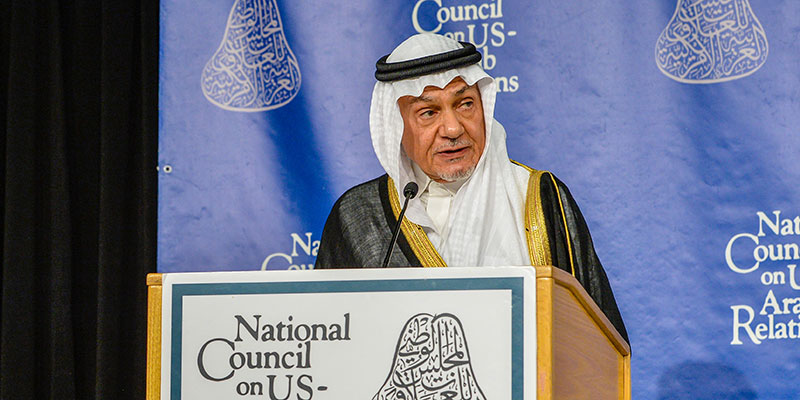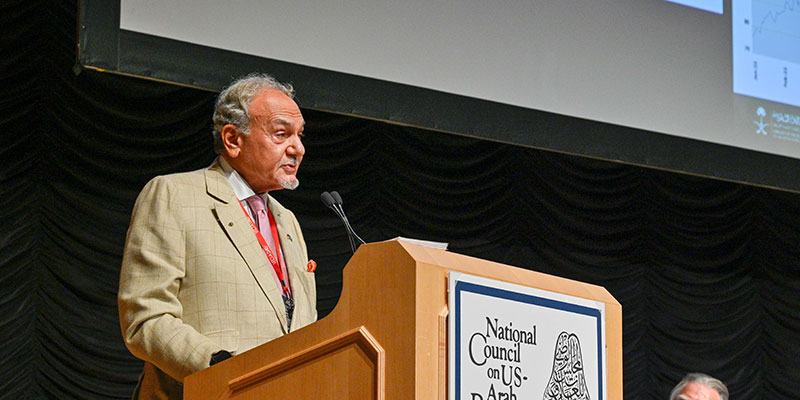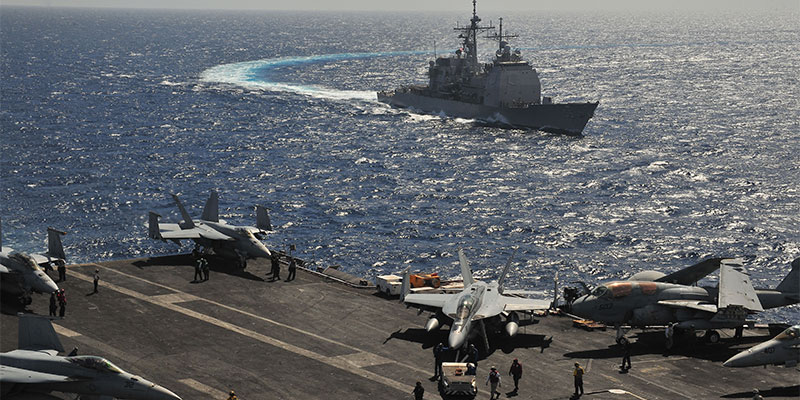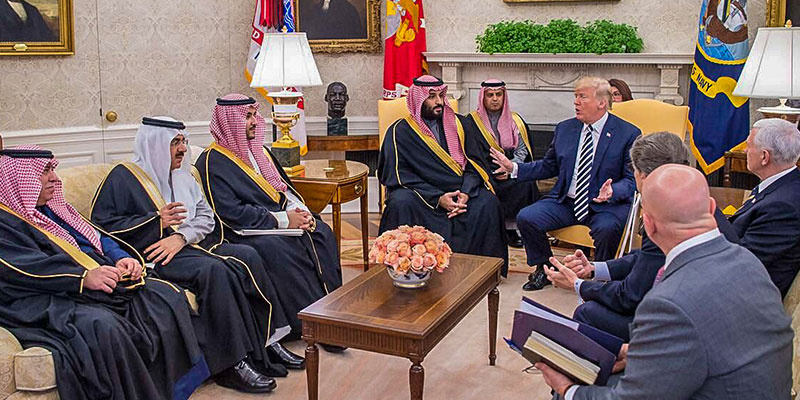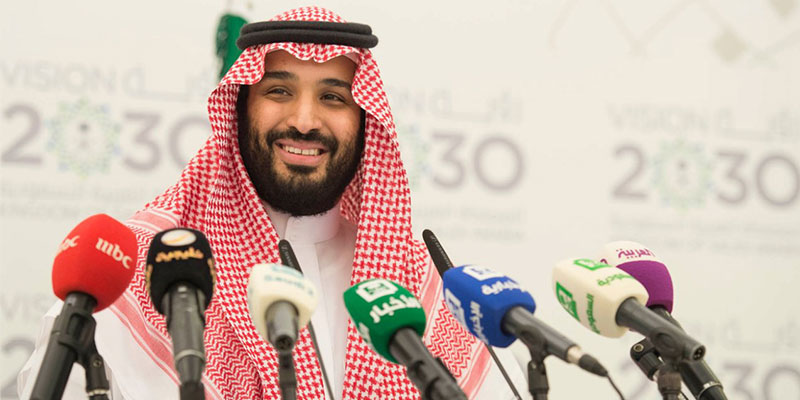Keynote speech by HRH Prince Turki Al Faisal Al Saud delivered at the National Council on U.S.-Arab Relations’ 40th Anniversary Commemoration on November 16, 2023, in Washington, D.C.
![]()
بسم الله الرحمن الرحيم
Ladies and Gentlemen,
It is an honor to be here with you this evening and join you in the celebration of the 40th Anniversary of the National Council on US Arab Relations. I extend my heartfelt gratitude to Doctor John Duke Anthony who had the vision to establish this great institution and the wisdom to guide the Council through these many decades.
John, you have made an indelible mark on the world through your visionary leadership and unwavering commitment. It is with great admiration and respect that we celebrate your achievements this evening.
When we think of pioneers, we think of individuals who possess the ability to see beyond the present, to imagine a brighter future, and to take bold steps towards making that vision a reality.
John, you embody all these qualities and more. Through your perseverance and determination, you created an organization that has become a bridge of understanding, a center of knowledge, and a symbol of the power of constructive dialogue.
But beyond your accomplishments, you have always remained humble, recognizing the contributions of others and acknowledging that true success is a collective achievement.
You have shown us that one person can make a difference, that a small spark of inspiration can create a stronger, more enduring relationship between the United States and its Arab partners.
And your legacy will continue under the leadership of Delano Roosevelt.
Delano, the mission and values of this organization are literally written into your DNA. I am confident that with you at the helm, the Council will continue to thrive and grow. Its influence will expand. And you will lead the Council to new heights. I wish God’s blessings upon you, Delano, and great success in building the future of the Council.
My remarks this evening may be remarkable for just one thing. Most everything I say to you tonight will be something that you have probably heard before.

